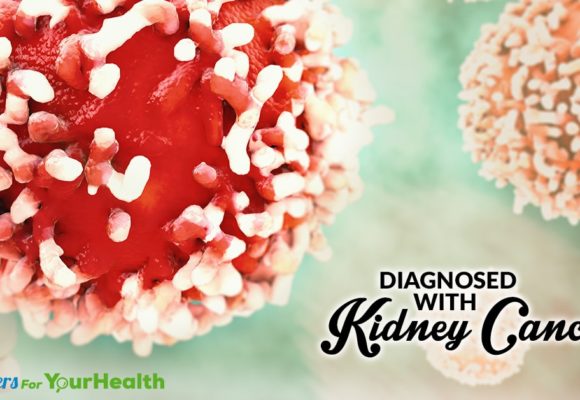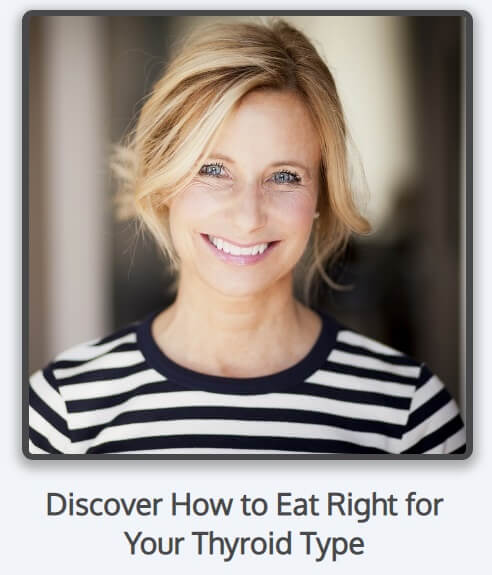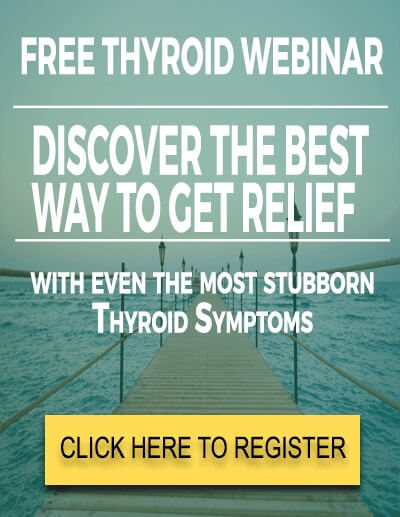1) Grab a FREE copy (Value $14.95) of one of my books Thyroid Symptom Overload
Just pay shipping $7.95 for any US orders. Or, if you want to pay full price plus shipping, order from Amazon :)
2) Take our Thyroid Quiz today and find out what "Thyroid Type" you have
This quiz will help you quickly discover where your symptoms are stemming from.
3) Join Our Thyroid Advocate Membership Site - Natural Thyroid Academy
FREE for a limited time. No credit card required.
4) Work with me and my team privately
Schedule your FREE 15 minute phone consultation and we can find out the best way to help you specifically.
There is no denying the environmental hazards caused by chemical based pesticides, fungicides, herbicides, and disinfectants. Although these chemical solutions are necessary to repel or kill the pests, insects, herbs, and other factors that kill or harm the agricultural produce, the number of diseases caused from pesticides, herbicides, fungicides, and disinfectants are growing with every other research study.
Among pesticides, fungicides, disinfectants, and herbicides, the link between pesticides and cancer is often called the love affair. It is because there is sufficient scientific evidence to support the occurrence of cancer due to the carcinogens in pesticides. However, the commercial pesticide manufacturing industry has a counter argument that most of the chemicals evaporate in the air during spray. Therefore, the chances of cancer occurrence due to pesticides are impossible. It is essential to note here that no scientific evidence is available to support this argument. In fact, lots of scientific evidences are available against this argument; the most important one notes at least 70% of the chemicals from pesticides are absorbed in the agricultural produce after the spray. Having that said, respiratory absorption is another route of exposure to the carcinogenic pesticides.
In 2013, the CA: A Cancer Journal for Clinicians published a research study, “Increased Cancer Burden among Pesticide Applicators and Others due to Pesticide Exposure”. It identifies the different routes of exposure to carcinogenic pesticides i.e. the exposure through food, water, air, sin, and other routes, with increased convincing links to cancer. It states:
“Among members of the general public who are not applying pesticides, multiple routes of exposure are possible depending on whether the individual is an adult or a child, the location of their residence in relation to pesticide applications, whether a residence was treated with pesticides, the occupations of household members, the volatility of the compound, the persistence of the pesticides in the environment, and several other chemical and physical properties of the pesticides. Pesticide applications to the home by a second party can result in both dermal and respiratory exposure. Other common routes of exposure to the general public include drinking water and dietary sources.”
According to the authors, pesticides, herbicides, and fungicides have a clear link with the following types of cancer:
- Multiple myeloma
- Prostate cancer
- Breast cancer
- Lymphoma
- Leukemia
- Lung cancer
- Brain cancer
- Ovarian cancer
- Kidney cancer
- Stomach cancer
The commonly known pesticide chemicals that may contribute to cancer include the following;
Prostate Cancer
- Terbufos (OP)
- Fonofos (OP)
- Permethrin (pyrethroid)
- Malathion (OP)
- Chlordecone (OC)
- Aldrin (OC)
- Lindane (HCH)
- Dieldrin (OC)
- DDT (OC)
- Methyl bromide (methyl halide)
- Simazine (triazine)
- Atrazine (triazine)
- Oxychlordane (metabolite of chlordane, an OC)
- HCB (OC)
- Mirex (OC)
Adult leukemia
- Fonofos (OP)
- Metribuzin (triazinone herbicide)
- EPTC (thiocarbamate)
- Diazinon (OP)
- Alachlor (aniline herbicide)
- Chlordane/heptachlor (OC)
NHL
- Toxaphene (OC)
- 2,4-D (phenoxy herbicide)
- Lindane (HCH)
- Dieldrin (OC)
- β-Hexachlorobenzene (a metabolite of HCB; chlorinated hydrocarbon)
- MCPA (phenoxy herbicide)
- HCB (OC)
- Chlordane/oxychlordane (OC)
- TCDD (OC)
- DDT (OC)
- Atrazine (triazine)
- Glyphosate (OP herbicide)
- Mirex (OC)
Cancer Health Effects of Pesticides
In 2007, KL Bassil et al published a systemic review of different researches and publications on cancer, conducted thorough experimental research to find the link between pesticides and cancer. The findings were eye opening.
Non-Hodgkin lymphoma
A majority of the studies revealed an increased risk of NHL when exposed to different classes of pesticides. One joint study found increased hairy cell leukemia and ORs for NHL in men exposed to herbicides, insecticides, and fungicides, and also impregnating agents. Increased risk was also witnessed with some individual compounds, such as the herbicides, glyphosate, and MCPA.
Leukemia
It studied 8 cases, the results of all were statistically significantly positive. One study conducted on women found an increased OR of 4.4 (95% CI, 1.7 to 11.5) for both, acute myelocytic leukemia and chronic myelocytic leukemia.
A few case-control studies evaluated rates of leukemia in children, who were exposed to pesticides. The shocking study concluded that increased rates of all types (100%) of leukemia were found in children living with parents or guardians, who used insecticides in the garden and on indoor plants, and also among children who were exposed to these chemicals during mother’s pregnancy i.e. the mother inhaled these chemicals when pregnant.
It identifies the following pattern:
“An interesting laboratory study found a different pattern of chromosomal aberrations, cytologic features, peripheral blood and bone marrow indices, prognosis, and resistance to treatment in leukemia patients who were exposed to pesticides compared with patients who were not.”
How Chemical Carcinogens Cause Cancer?
Chemical carcinogens react within the body in different ways.
- These are released in the blood as free radicals. The immune system identifies these free radicals as foreign bodies and produces more DNA to kill them. The increased production of DNA is linked with cancer occurrence.
- These carcinogens have the capability to act as endocrine disruptors i.e. they can imitate the action of hormones. By imitating the endocrine procedures, the interrupt with the activity of estrogen, progesterone, and other important hormones and increase the risk of cancer.
- The carcinogens released from the pesticides can trigger epigenetic changes in the DNA. These changes increase the activity of genes that promote the cancer, and also decrease the activity of genes that suppress cancer cells.
The “love affair” between pesticides and cancer came under observation around two decades ago. In 1997, Zahm SH et al published a research study on cancer and pesticides. It states:
“Epidemiologic studies, although sometimes contradictory, have linked phenoxy acid herbicides or contaminants in them with soft tissue sarcoma (STS) and malignant lymphoma; organochlorine insecticides are linked with STS, non-Hodgkin’s lymphoma (NHL), leukemia, and, less consistently, with cancers of the lung and breast; organophosphorous compounds are linked with NHL and leukemia; and triazine herbicides with ovarian cancer. “
What You Can Do?
The scientific consensus on environmental and health changes caused due to pesticides, fungicides, and herbicides has enforced the government to incorporate agricultural regulations. Organic, semi-organic and inorganic foods are a part of these regulations. The common cancer trends among farmers include prostate cancer, colon, lung, bladder, esophageal, multiple myeloma, non-Hodgkin lymphoma, and soft tissue sarcoma.
The most important step towards cancer prevention due to the aforementioned causes is awareness. Cancer-related AHS fact sheet can be viewed here.
- According to the Canadian Cancer Society, all types of fumigants, fungicides, pesticides, insecticides, herbicides, and other related chemical groups should not be purchased without checking the chemical labels.
- All doors and windows should be closed while pesticides are being sprayed on the crops or in the gardens.
- The use of related chemical compounds should be limited indoor.
- The sprayed areas should not be visited for at least 48 hours.
- The sprayer should wear gloves, mask, and other equipment before the activity.
Other techniques of reducing the chemical intake should be incorporated such as the following.
- Do not cut more than one-third of your garden’s grass.
- Spray the water but do not make the garden too wet. Damp soil allows weed and insects to grow within the soil.
- During summer season or on the days when sunshine is adequate, allow the soil to absorb the sunlight. Let the grass grow during summer so that it grows deeper roots into the soil.
- Make sure to wash the agricultural crops thoroughly before using.
- It is ideal to remove the skin of fruits and vegetables before using to limit the intake of chemicals. However, fruits and vegetables eaten with skin should be thoroughly cleaned with a thin, soft-bristled brush.
With cautious lifestyle, the probability of cancer occurrence can be greatly reduced.
References
http://onlinelibrary.wiley.com/doi/10.3322/caac.21170/full
https://integrativeoncology-essentials.com/2013/03/pesticides-herbicides-and-cancer/
https://www.ncbi.nlm.nih.gov/pubmed/9498903
https://www.ncbi.nlm.nih.gov/pmc/articles/PMC2231435/
https://www.cancer.gov/about-cancer/causes-prevention/risk/ahs-fact-sheet
http://www.cancer.ca/en/prevention-and-screening/be-aware/harmful-substances-and-environmental-risks/pesticides/?region=on








